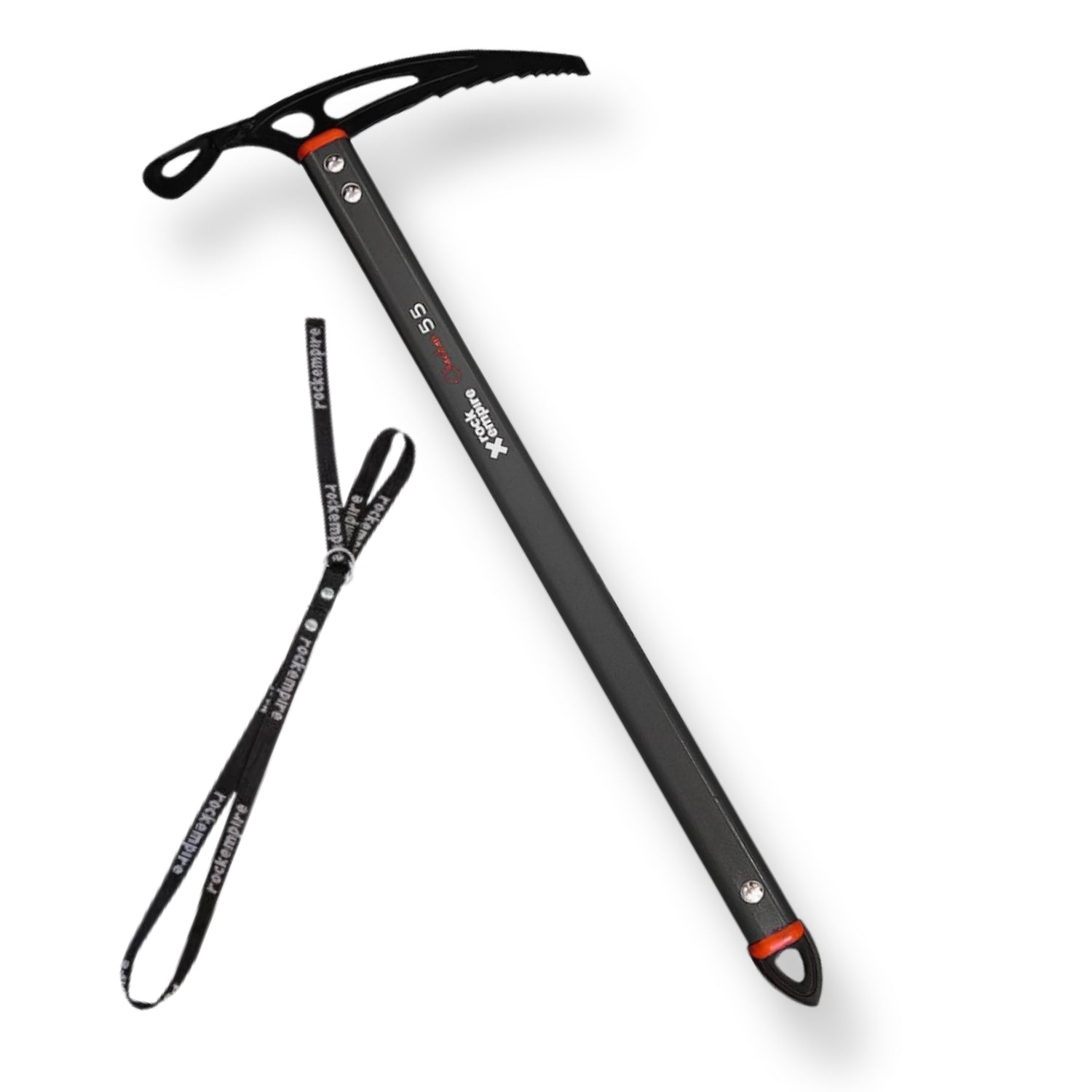By Andy Hyslop
Once upon a time there was only one base layer option; Helly Hansen Lifa. Known then as 'thermal underwear' Lifa was much maligned for its ability to retain body odour. The smelly factor was recognised as a big marketing opportunity for other outdoor companies seeking to gain a slice of Helly's business and by the 90s the market had exploded with a plethora of products from every brand. Right: Lifa old and new. I still prefer the open weave structure of the red crew neck purchased in 1983. I remember discussing the various merits of base layers with a company rep back in the early 90s. This comment stuck in my mind, 'The most important thing about base layers is the packaging'. Taking a cynical view (as I often do), this statement pretty much sums up the outdoor industry's approach to selling the avalanche of new product which was about to hit the market place. Underwear doesn't look good on a hanger so we'll put in a box. We must have nice looking boxes, or packets, that hang on a nice branded racks and most importantly we'll have lots of space on the box to print lots of blether about the technical features of this particular garment and how it completely wicks the sweat away and doesn't smell, and washes without shrinking; everything that Lifa does not do.Right: The fabric content label. Your main clue as to how the garment is likely to perform. Fair enough, I'm getting bitter and twisted in my old age but what this all comes down to, and what the marketing hype can't ignore, is, the base fabric. This dictates 90% of the performance of the garment and whatever the marketing might say, manufactures

Right: Loose fitting Polyester T shirts. Good for active use in warm weather. The third option for fabrics which has made a resurgence in the last few year is marino wool. I have to be admit to be very sceptical amount the re-introduction of wool, initially dismissing it as a another marketing project. Once I actually tried it in the hills I had to eat my words. The right kind of wool (Merino), woven in the right way, performs better than anything else in certain situations.
The Smelly Factor
As mentioned earlier the marketing guys saw this as an opportunity to claim that their product does not smell. I can simplify this decisions for you. If the fabric is synthetic it will end up smelling, if its wool it won't. Whatever you do to polyester of polypropylene you can't avoid it taking on that really horrible sweaty smell. Of course it can be washed out but its back again by the end of the day. Merino wool on the other had can be worn for days without getting significantly pungent.
| Polypropylene | Polyester | Merino Wool |
| Absorbs minimal moisture, although this does not mean it won't wick. Moister evaporation can be achieved by having an open or textured weave. | Actively absorbs moisture which means it soaks up plenty of sweat but it's not particularly good at drying out quickly once wet. | Actively absorbs moisture and takes a long time to dry out. |
| Has a rougher texture than polyester and not as comfortable next to the skin. | Has a softer feel than polypropylene especially in the fine weave varieties | Really comfortable to wear next to the skin. Lots of people wear it as every day clothing rather than reserving it just for trips into the hills. |
| Gets smelly especially over multiple days. | Gets smelly, and in time to the point that you could be mistaken as a gentleman of the road. Smells a lot worse than polypropylene (subjective opinion). | Does not get smelly and can be worn over multiple days without any significant smell building up. |
| Most suitable for high energy sports where you might be sweating a lot. Because it doesn't aborb sweat its stays dryer for longer and therefore warmer. Also useful for situations where there is a lot of water about such as kayaking and extended trips in cold climates where you are using vapour barrier layers. | Works best as loose fitting summer t shirts for climbing or walking. It does not perform as well as polypropylene as a thermal underwear layer . | Most suitable for winter climbing, skiing and walking where you might be working hard but not sweating profusely. |

















